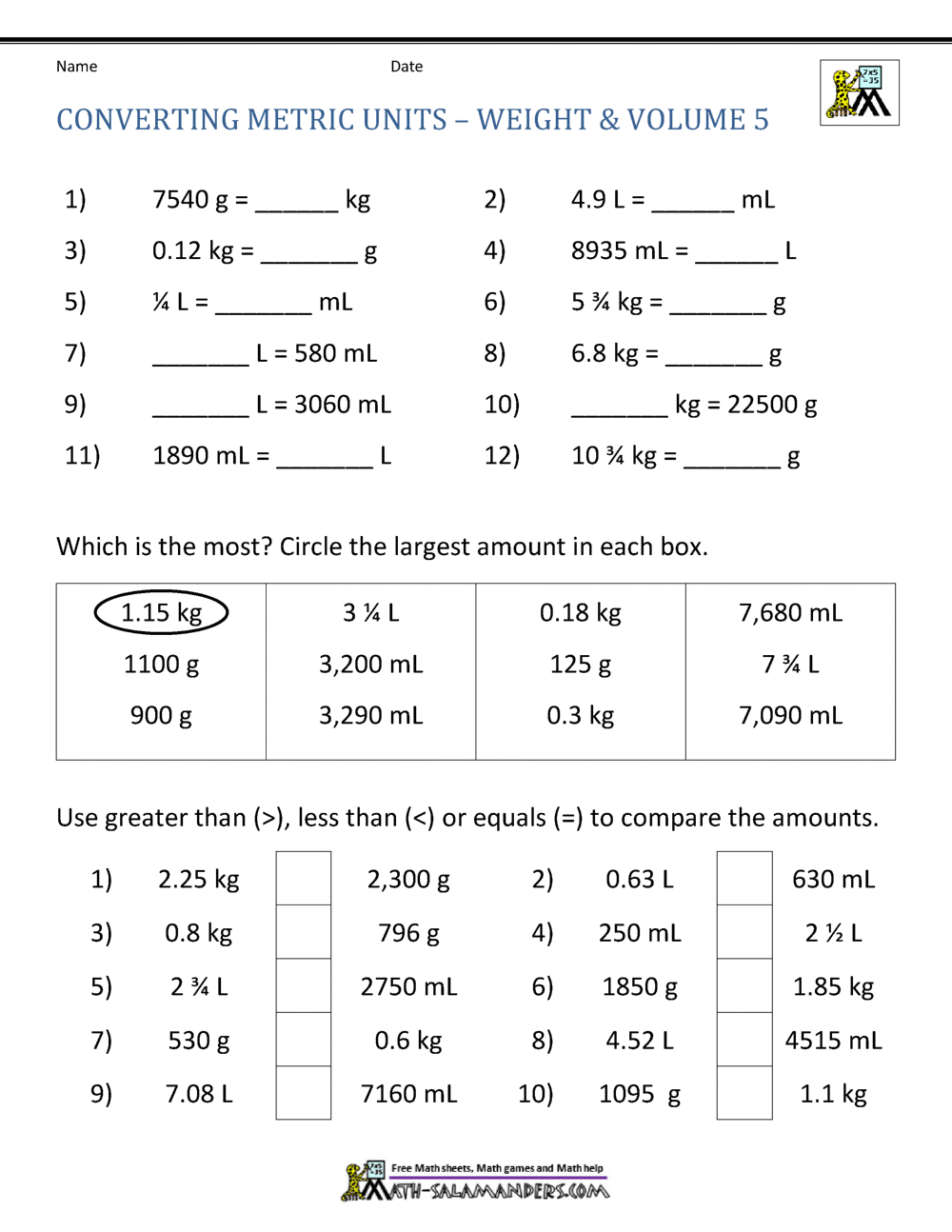Some Known Details About Inches To Centimenter
Wiki Article
Facts About Inches To Centimenter Uncovered
Table of ContentsInches To Centimenter Can Be Fun For AnyoneThe Best Guide To Inches To CentimenterAbout Inches To CentimenterSome Ideas on Inches To Centimenter You Need To Know
This makes discovering Unit Conversion Tool a snap and also will raise your efficiency substantially while flattening the finding out curve. You can conserve great deals of time by using the global converter as it operates in offline setting too. And also it offers you exact conversion results in nearly all units readily available for measurements.99% precise answer (inches to centimenter). Considering that Universal Converter application is available complimentary on store for all platforms, simply download the application from store, mount the app on your mobile phone and also open the application, select your conversion systems and also then enter the worth as well as click 'Convert' for outcomes. This application is user pleasant user interface with providing immediate and also accurate result.
This shows to be an excellent solution for field work as well as you are virtually ensured to discover the specific conversion device when needed! Easy to use Interface Offers Accurate Result Immediate Result No demand for Internet Connection Provides converted outcome in all Feasible Devices Global Converter gives an accurate and also immediate outcome to all inputs.

Inches To Centimenter Can Be Fun For Anyone
Thank you for your set of questions (inches to centimenter). Sending out conclusionRight here is an useful as well as instructive reader-contributed system conversion utility which has actually been sent for enhancement to the official Revit SDK examples. We reviewed the Revit device managing in one of the really initial messages to this blog. One primary point talked about there is the fact that Revit internally utilizes a fixed set of inner data source units which can not be transformed.
The article states the basic unit converter given by the Midas, Web link example, that makes use of hard-wired self-maintained conversion constants, and recommends a simple hands-on manual method for determining any kind of needed conversion variable (inches to centimenter). The system conversion utility presented right here demonstrates how this process can be automated to prevent the need for any type of hard-coded conversion elements in all.
One use this is to convert as well as present the inner Revit data source devices to whatever systems the individual chooses to see in the interface. It would behave to access this functionality from our external add-in applications also, rather than maintaining our own conversion regimens. We currently talked about one idea for a strategy to access the interior Revit functionality to layout device strings using the As, Worth, String and Set, Value, String methods on the Parameter course.
The 15-Second Trick For Inches To Centimenter
For completeness' purpose, we likewise mention one more location pertaining to devices that we touched on briefly, the Discover More expedition of device types as well as format choices by Matt and Saikat. The aptly name Device, Conversion utility offered here demonstrates accessing the inner Revit unit taking care of performance to apply the inverse instructions too, and likewise gives a practical user interface for establishing and examining device taking care of capability and also conversion aspects.

If your job units for Size are set to inches, and also you keep right into a parameter making use of Set, Worth, String the string worth for 12, Revit will automatically transform 12 inches right into 1 foot and also truly keep the worth of 1 for you right into the criterion. Making Use Of Establish, Worth, String, you do not also need to understand that Revit has an inner device of step, allow alone what those devices of measure are. inches to centimenter.
The Ultimate Guide To Inches To Centimenter
If, for instance, your project devices for Length are set to centimetres as well as you send the string worth: 18" (with the tracking double quotes), Revit will analyze that as eighteen inches as well as will certainly keep the value 1. 5 (one and also a half feet) into your parameter for you. As another example, having your job units for Length readied to meters and also using Establish, Worth, String with the value: 2' 3" (including the single and dual quotes) will certainly keep the value 2.Revit recognizes exactly how to do all the string parsing for you, and also will certainly throw an exemption if you try to send it something it can not analyze. An identical reverse feature called As, Worth, String also exists in the Revit API. This will convert a specification's inner value inches to centimenter back to the string representation for the existing job systems.
5, calling As, Worth, String will certainly return the string 3' 6". Using this knowledge, it is possible to create techniques which can be used to help fix the device conversion issue far more quickly. As an example, we can write a feature to return the range variable (multiplier) that is needed for a certain set of devices of step.
You can replicate that worth to the clipboard from this type. If we want to save 1000 CFM right into Revit, we have to store the value 16. 666666666. For the mathematically likely, this range variable relates to 1/60, which informs us the internal devices Revit uses for air circulation are Cubic-Feet-per-Second.
Report this wiki page